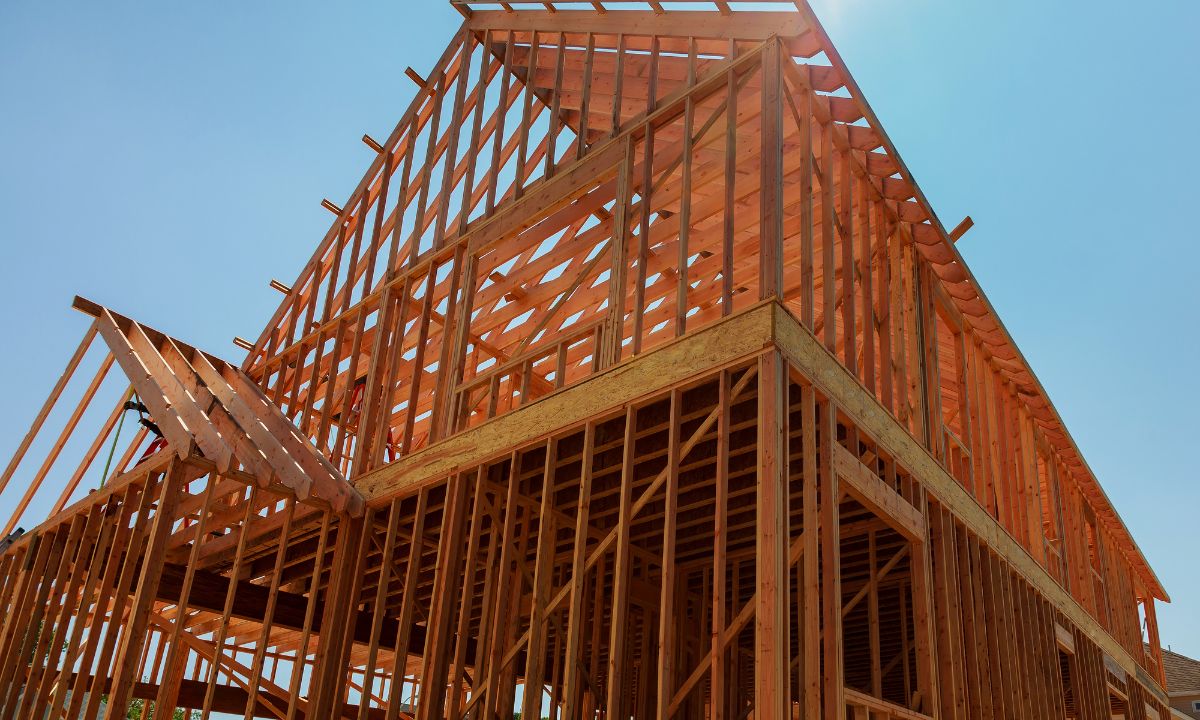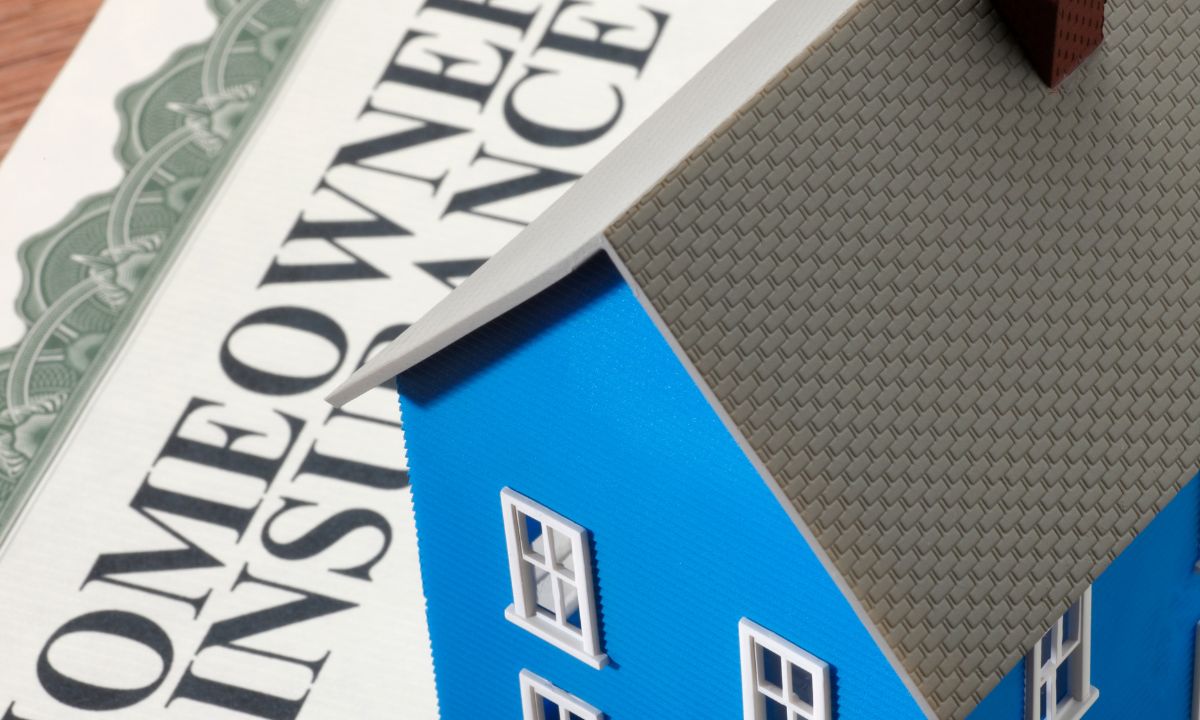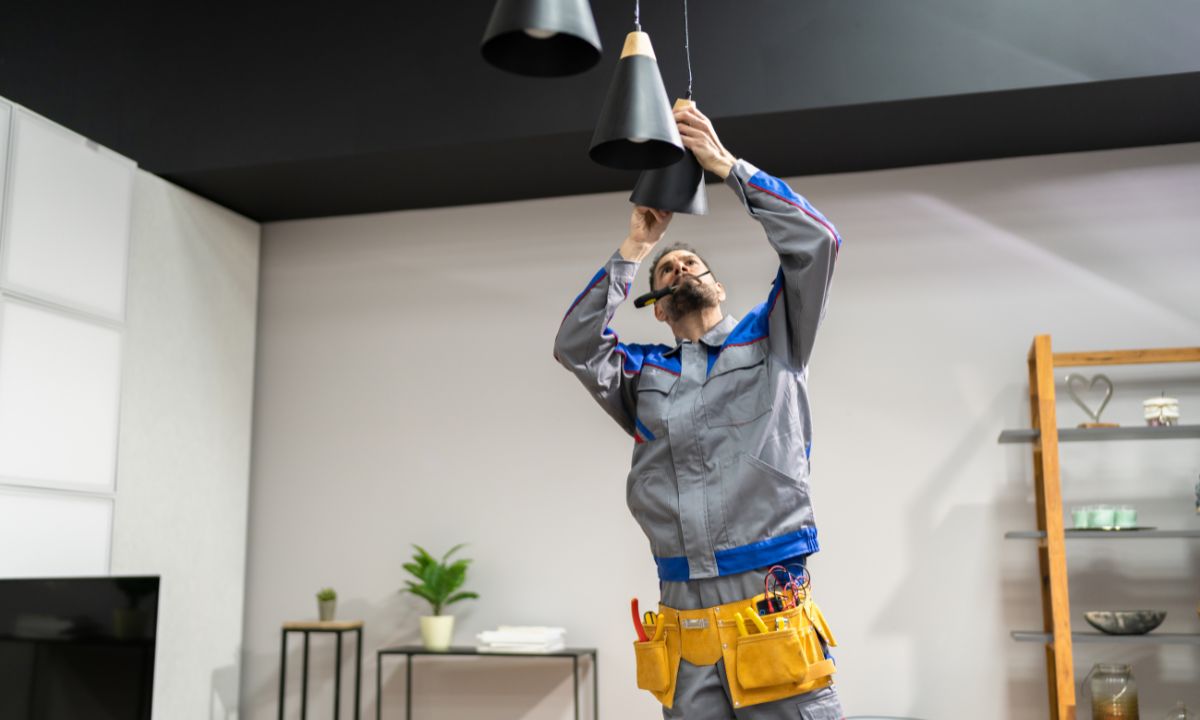 Purchasing a home is a major life decision, and for many homebuyers, the ideal property may not always come fully finished. An unfinished home offers a unique opportunity to create a space that suits your family’s needs while potentially saving money upfront. Whether you’re looking to save on your initial purchase or enjoy the flexibility of customizing your home, buying an unfinished house could be a great option.
Purchasing a home is a major life decision, and for many homebuyers, the ideal property may not always come fully finished. An unfinished home offers a unique opportunity to create a space that suits your family’s needs while potentially saving money upfront. Whether you’re looking to save on your initial purchase or enjoy the flexibility of customizing your home, buying an unfinished house could be a great option.
If you’re considering an unfinished home as your next residence, here’s why it might be the right choice for you and your family.
Save Money on the Purchase Price
One of the primary advantages of buying an unfinished home is the potential for lower upfront costs. Unfinished homes are typically priced lower than fully completed homes, as they don’t include the final touches such as flooring, cabinetry, or fully completed rooms. This can provide you with the opportunity to purchase a larger home or a more desirable location, without the higher price tag.
The money saved on the initial purchase can be used to customize the property over time—whether you want to finish additional rooms, upgrade the kitchen, or add features that meet your family’s needs.
Customize the Home to Fit Your Needs
When you buy an unfinished home, you have the freedom to customize the space to fit your family’s unique needs and lifestyle. Many unfinished homes come with the basics—such as a foundation, walls, and basic infrastructure—leaving you with the flexibility to finish rooms the way you want.
For example, you might purchase a home with an unfinished basement or attic, which can later be turned into additional bedrooms, a home office, or even a family room. This gives you the chance to create the living spaces you’ve always wanted, without having to make compromises.
Additionally, unfinished homes often allow you to select your preferred finishes, such as flooring, paint colors, or fixtures, meaning you can tailor every detail to your personal taste.
Build Equity as You Complete the Home
Another benefit of buying an unfinished home is the potential to increase its value as you make improvements. As you finish the space—whether it’s completing the upper floor, installing flooring, or adding a bathroom—the home becomes more livable, and its value naturally increases.
Completing the home in stages also allows you to work within your budget and prioritize the most important areas first. This can give you a sense of accomplishment as you gradually transform the house into the perfect home for your family, all while building equity over time.
Flexibility in Making Cost-Saving Decisions
One of the best things about buying an unfinished home is the flexibility to make decisions that align with your budget and timeline. For instance, many unfinished homes come with plans for additional features like garages or extra rooms. If you don’t need these features right away, you can choose to leave them out, saving you money in the process.
For example, if there’s a planned garage or additional bedroom, but you don’t currently need or want the space, you can avoid the cost of building it. Instead, you could focus on completing other areas that are more important to your family, such as the kitchen or living room. This flexibility can help you save on the overall cost of the home while still creating a space that works for your family.
Things to Consider Before Buying an Unfinished Home
While buying an unfinished home can be an excellent option, it’s important to approach the process with a clear understanding of what needs to be completed and what you can afford. Here are some things to keep in mind:
1. Have a Realistic Budget for Finishing the Home
Before committing to an unfinished home, make sure you have a clear idea of how much you will need to spend to finish the property. Unfinished homes often require work in multiple areas, such as plumbing, electrical, flooring, and drywall. While these tasks can be completed gradually, it’s important to budget for them and plan how you’ll fund the work.
2. Check Bank Financing Options
Not all lenders are willing to finance unfinished homes. Many banks require that a home meets certain livability standards before they will approve a mortgage. This may mean that the home needs to have at least basic living spaces finished, such as a kitchen, bathroom, and bedroom. Be sure to check with your bank to ensure that the unfinished property will qualify for financing.
Some banks may offer loans specifically for homes in need of renovation, but it’s important to understand the specific requirements before you start the buying process.
3. Understand Local Building Codes and Permits
As you finish an unfinished home, you will need to ensure that all work is done according to local building codes. This means obtaining permits for electrical, plumbing, or structural work, and ensuring that any modifications meet safety standards. If you plan to do some of the work yourself, or hire contractors, be sure to consult with your local building department to understand the requirements.
4. Know What Work is Required to Make the Home Livable
When purchasing an unfinished home, it’s important to know what areas need to be completed to make the property suitable for daily living. You may need to finish entire floors, install flooring, complete the kitchen, or even put up walls. Additionally, some unfinished homes might lack essential utilities like heating, air conditioning, or running water in certain areas. Knowing what’s needed will help you determine whether this is a manageable project for you and your family.
Make an Unfinished Home Your Own
For many buyers, purchasing an unfinished home presents a unique opportunity to get into homeownership at a lower cost while creating a space that is tailored to their needs. Whether you’re looking for a larger home with room to grow, or simply want to customize every detail of your living space, an unfinished home can offer the flexibility to make your vision a reality.
The work might take time, but the result will be a home that’s uniquely yours—one where you can build memories for years to come.
 Buying a home is one of the most significant investments you’ll make in your lifetime. But it’s not just about purchasing the property itself—it’s also about protecting it. Homeowners insurance is a crucial part of homeownership, offering financial protection against damage or loss caused by unexpected events like accidents, natural disasters, or theft.
Buying a home is one of the most significant investments you’ll make in your lifetime. But it’s not just about purchasing the property itself—it’s also about protecting it. Homeowners insurance is a crucial part of homeownership, offering financial protection against damage or loss caused by unexpected events like accidents, natural disasters, or theft. When selling your home, even minor repairs can make a big impact on its value and appeal to buyers. Addressing small issues before listing your property can help you stand out in the market and potentially increase your sales price—without needing to spend much. Here are some small but effective repairs that can help you make a lasting impression on buyers.
When selling your home, even minor repairs can make a big impact on its value and appeal to buyers. Addressing small issues before listing your property can help you stand out in the market and potentially increase your sales price—without needing to spend much. Here are some small but effective repairs that can help you make a lasting impression on buyers. As a first-time homebuyer, one of the biggest decisions you’ll face is whether to buy a cozy condo or invest in a larger home. Both options have their perks, and while condos may initially seem more affordable and convenient, opting for a larger home can offer significant long-term advantages that make it a better investment. Here’s why splurging on a larger home might be the right move for your future.
As a first-time homebuyer, one of the biggest decisions you’ll face is whether to buy a cozy condo or invest in a larger home. Both options have their perks, and while condos may initially seem more affordable and convenient, opting for a larger home can offer significant long-term advantages that make it a better investment. Here’s why splurging on a larger home might be the right move for your future. Moving to a new home can be an exciting adventure, especially for families. However, for children, it can also bring a mix of emotions. As a parent, you play a crucial role in helping your kids transition smoothly. Here are some strategies to prepare your children for the big move while also navigating the process effectively.
Moving to a new home can be an exciting adventure, especially for families. However, for children, it can also bring a mix of emotions. As a parent, you play a crucial role in helping your kids transition smoothly. Here are some strategies to prepare your children for the big move while also navigating the process effectively. When buying a home, there are many expenses to think about, title insurance might seem like just another one on the list. Conversely, this investment is important and can save you a lot of stress and money in the long run. Here’s why the cost of title insurance is well worth it.
When buying a home, there are many expenses to think about, title insurance might seem like just another one on the list. Conversely, this investment is important and can save you a lot of stress and money in the long run. Here’s why the cost of title insurance is well worth it.